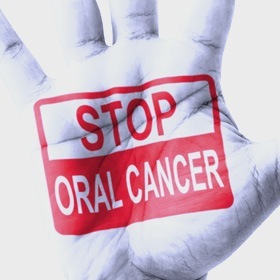Due to the complexity of the head and neck area a number of pathologic processes can occur. Oral and Maxillofacial Surgeons can diagnose and treat most of these conditions. These diseases can range from small to large lesions and can involve multiple structures in the area. The treatment of these lesions may involve multiple specialists in dentistry and medicine in order to rehab the patient.
Oral and Maxillofacial Surgeons not only treat by removing these disease but also specialize in the reconstruction of the patient. The main goal of the reconstruction is to give the patient the ability to function, look normal and feel whole.
What To Expect
On your first visit a clinical exam is usually performed in which the structures involved are inspected, examined and visualized. In most instances the need for a biopsy (partial or total removal) will be determined. A biopsy is indicated in most instances to diagnose and in some instances treat the disease.
Once a biopsy is performed the tissue specimen is sent to a Pathologist to obtain a definitive diagnosis. Using this diagnosis the treatment can range from nonsurgical treatment (medical treatment or observation) to further surgical treatment.

Self-Examine For Oral Cancer
We encourage everyone to perform a monthly self-examination for oral cancer. Using a bright light and a mirror you can perform the exam as follows:
- Remove any removal dentures
- Look and feel inside the lips and the front of gums
- Tilt head back and inspect and feel the roof of the mouth
- Pull the cheek out to see its inside surface, as well as the back of the gums
- Pull out your tongue and look at all of its surfaces
- Feel for lumps or enlarged nodes (glands) in both sides of the neck including under the lower jaw



